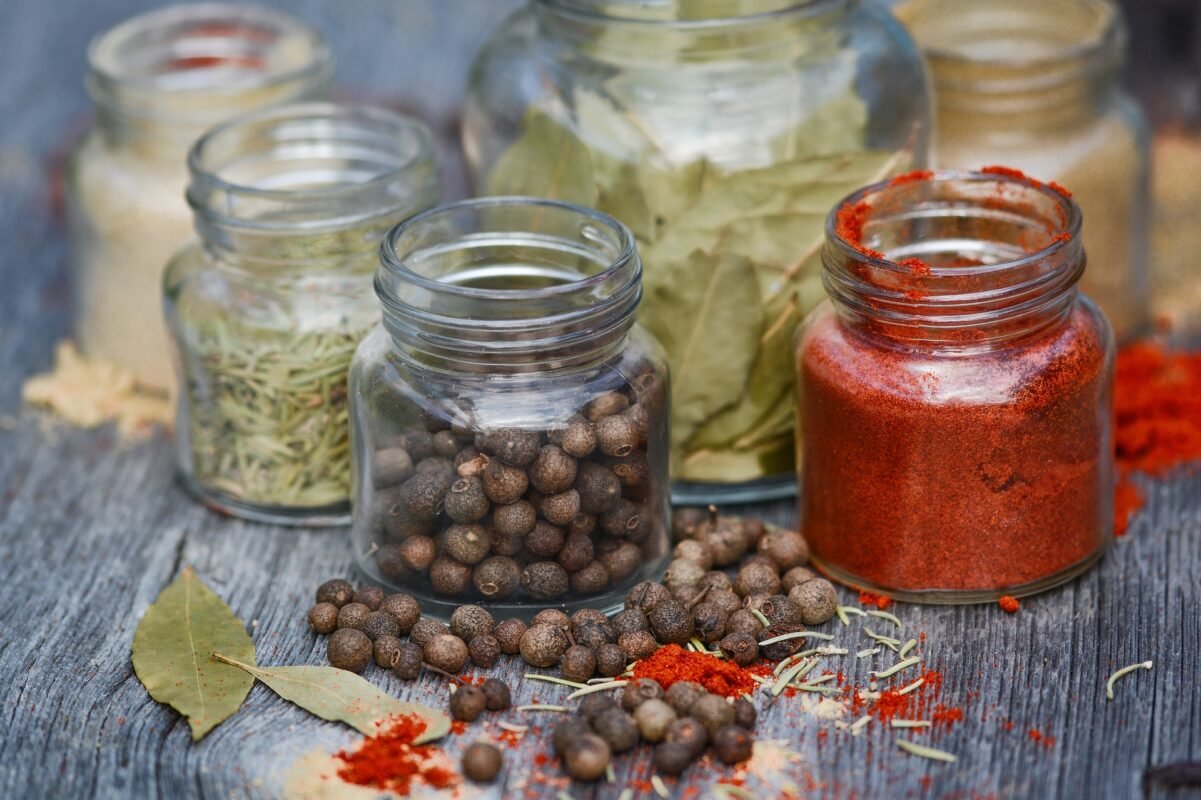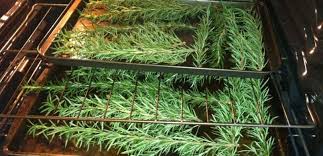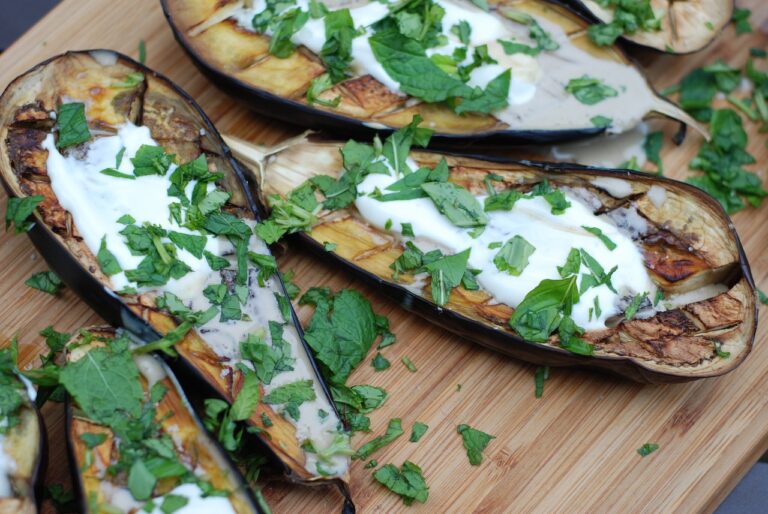Drying Herbs: The Ultimate Guide

Jubilant Plucking or Anxious Clipping
Harvesting herbs is best when there is oil in the plant so the smell and flavor of the herbs are at their ultimate. The time of harvest depends on each individual plant. When it comes to drying and storing herbs, it is best done in smaller batches. The herbs should be prepared the same day they are harvested. That being said, herbs that are grown for their foliage are best picked before the plant flowers. So, when you see little buds, it is time to harvest and dry. Alternatively, herbs that are grown for their seeds should be left until the seed pods change color; from green to brown then grey but before they open. Harvest herb flowers just before full flower. Root herbs like chicory, bloodroot, ginseng should be left until the foliage fades.

Fool-Proof Harvesting
- Pick foliage as soon as the plant can sustain its grown. You should get up to 75% of the plant’s foliage if it has bushy growth.
- Harvest in the morning, after the dew has dried but before the heat of the day.
- Flower buds have the most oil and concentration of aroma after they bud but before fully open.
- Foliage is best harvested before flowering.
- Annual herbs can be harvested until frost.
- Perennial herbs can be harvested up until a month before frost. Later, may be too late for the plant to harden off before frost, especially if it re-flowers.
- Lavender and Tarragon can be harvested twice, just cut them down half way mid summer to allow them to re-grow.

Rinsing and Drying
Washing is a no-no. Do not wash the herbs. Inspect for bugs on all the foliage. Snap off any leaves where you find bugs, or that appear eaten. If the foliage is dusty, a quick rinse in water is fine. If you have a salad spinner, you can use it to remove most of the water. Otherwise, give the plants a good shake. Then, spread on paper towels or dish towels. However, keep in mind, the rinse in water will make the drying process longer.

Traditional Method
Once most of the water has been soaked up by the towels, tie the foliage into small loose bunches with twine. The bunches should be hung upside down in a warm, not hot or cold, place that is out of the direct sun. A shaded area with air flow is best. Herbs look good hanging from rafters of a kitchen. Make sure there is plenty of air circulation around the bunches. Many herbs can mold if not dried quickly. For catching herb seeds, put the tied bunches in paper bags with holes punched in the sides for a good flow of air. The seeds should drop into the bottom of the bag.
An alternative to hanging the bunches is putting the herbs on an old screen window that is set across two chairs or saw horses. Turn the leaves often for even drying.

Microwave Method
Microwave drying is quick and easy with small amounts of herbs. This is a good method, early each morning, as plants grow into their optimum phase of harvest. Lay the dry leaves between two pieces of paper towel in the microwave. Microwave for 30 seconds then check for dryness. It will probably take more than 1 minute but check after each 30 second interval. This prevents burns. Drying will vary with microwaves and the moisture in the leaves so take your time; test and retest until the leaves are brittle. Thick leaves should be air dried for one or two days before using the microwave. Let the leaves cool between microwave zaps so they can be tested. Cool completely when brittle.

Conventional Oven Method
Conventional ovens should be placed on the lowest temperature. Herbs can be spread on cookie sheets and left to dry, checking every 15 minutes.
Dehydrator Method
A conventional dehydrator, of course, is the easiest way to dry herbs. A dehydrator vaporizes the water for quickly dried herbs. Follow the machine’s instructions for use.
I prefer the traditional way of drying herbs since the herbs create an aroma and beauty of their own while drying.

Nurture Your Herbs – Storage
Herbs are ready to store when they are brittle and crumble easily. To store the herbs, remove the leaves from the stems and place them in air tight glass or hard plastic jars. The lids must be tight fitting or have a rubber or silicon seal. Heavy duty plastic bags can work but may allow air in, which could cause mold. Only choice plastic bags if you will use the herbs right away. The leaves should remain whole until you use them since they are easily crushed by hand or with a mortar and pestle. This releases the full aroma and oils from the herbs. Store in a cool, dry place away from moisture or heat. Most herbs can be kept for a year, if stored properly.
Finally, if you live in a humid climate like I do, an alternative is freezing herbs either in ice cube trays (a generous pinch of chopped, damp, herb placed in each water filled compartment) or placed on a wet cookie sheet which will make frozen herb chunks. Then, these frozen herbs can be transferred into ziplock freezer bags. They cannot be used as garnish but work well when cooking. Do not re-freeze once thawed.
Bewitching Uses for Herbs

Herbs such as lavender, rosemary, sage, scented geranium, chive, and dill flowers should be used in your flower arrangements for obvious aromatic benefits. Homemade soap recipes use herbs, as well as homemade sugar scrubs and bath salts. Herbs such as rosemary, chamomile, and sage are perfect for making herbal hair rinses that produce a natural shine.
As we head toward fall, it is time to switch wardrobes. Herbs make perfect sachets to put in stored clothes bins. Moth repellent herbs include lavender, mugwort, wormwood, pyrethrum daisy, peppermint, thyme and eucalyptus. Combine these with cinnamon, citrus peels, cloves and cedar wood. Add some essential oils to fool moths into bypassing your closet. Neem essential oil, lavender essential oil, and eucalyptus esssential oil are good oils to add into moth repellent sachets.
I hope you try drying your own herbs. It is much more economical than buying jars of herbs at the store. In addition, in cooking, dried herbs taste better when you grow them at home. To get my latest post and a freebie, please fill in the form below. Let me know if you have any questions or comments. Thank you, Kay.
